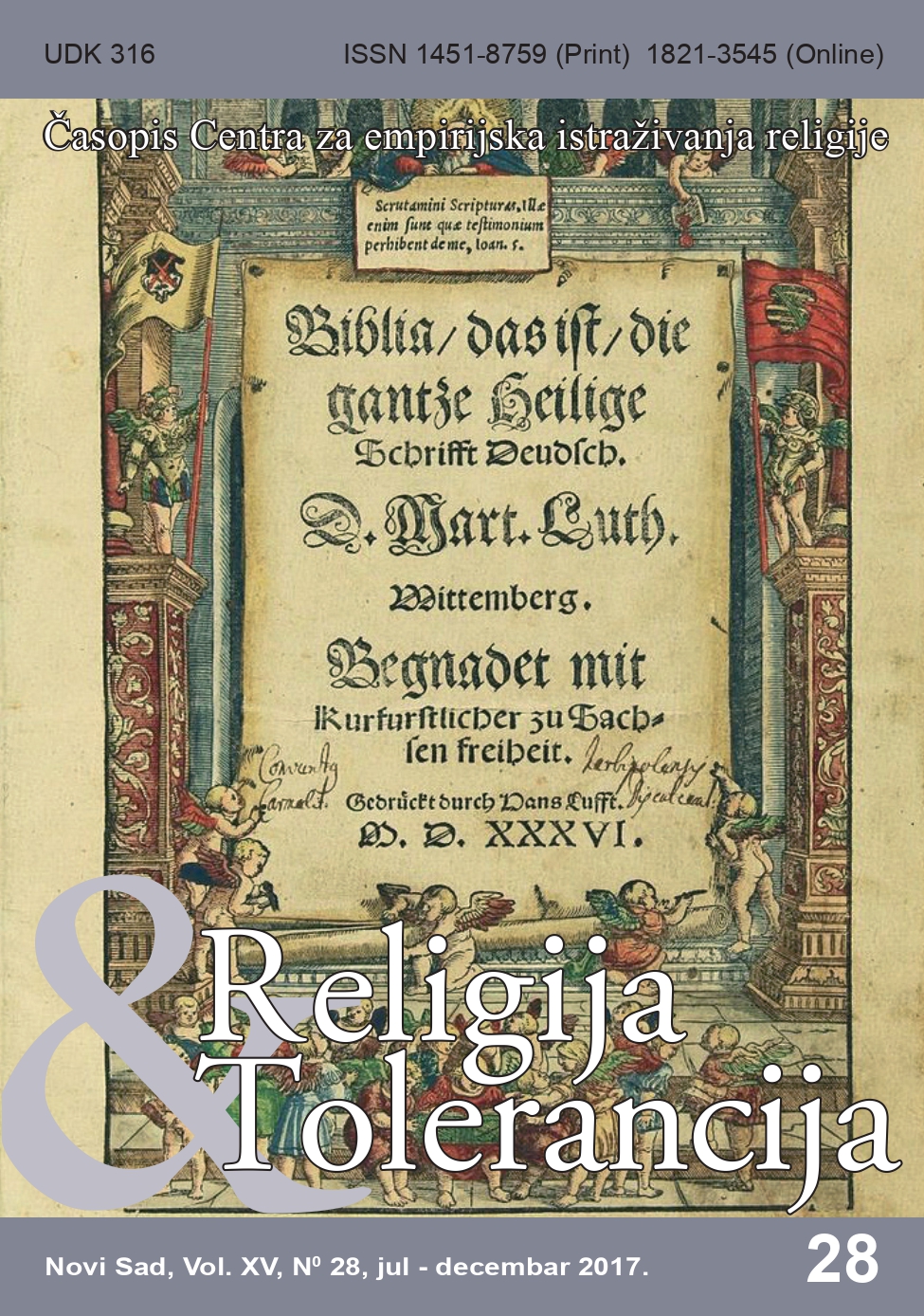ДЕРВИШИ У КОСОВСКОЈ МИТРОВИЦИ
DERVISHES IN KOSOVSKA MITROVICA
Author(s): Miloš DamjanovićSubject(s): Christian Theology and Religion, Theology and Religion, Islam studies, Comparative Studies of Religion, History of Religion
Published by: Centar za empirijska istraživanja religije (CEIR)
Keywords: Dervishes; Qadiri, Rifa’i; Kosovska Mitrovica; Yugoslavia; Ottoman Empire; Islam; Albanians; Serbs; Khanqah; Tariqa
Summary/Abstract: Dervish orders in Kosovo and Metohija, but also throughout the Balkan Peninsula, represented a unique minority element in the Islamic world. In the religious, but also the economic, political and cultural life of the Muslim community, they have always been in the shadow of the prevailing and official current in Islam, the embodiment of which was the Ottoman Empire. In Kosovska Mitrovica, this mystical form of Islam was born in the transition from the 19th to the 20th century by the formation of the Qadiri brotherhood, where the leading role was taken by its resident Haji-Sheikh Qadiri who would become a respected member of the community and the leader of the brotherhood’s former Ottoman territories in Europe. Besides the Qadiri, Kosovska Mitrovica was also home to an organized religious life of the Dervish community of the Rifa’i order that sustained itself until this day. The number of dervishes varied throughout the past century in this Ibar River’s city. Fluctuations in the number of members of these orders went in the direction of decline. The dispersal of this city’s dervishes is causally linked to their individual migration to Turkey. The first half of the past century was definitely a period of the dervishes’ blooming in the city under the Zvecan castle, whereas the period after the Second World War was seriously threatening their future existence. Due to all kinds of temptations of everyday life in socialist Yugoslavia’s Kosovska Mitrovica, but also the quenching of religious enthusiasm among the very members, religious leaders were forced to make compromising steps with a goal of sustaining the community. In reality, this meant that – due to practical feasibility – the order would reluctantly disaffirm some of its characteristics and recognizable rituals which distinguished them from other brotherhoods and made them unique; the order even applied innovations that affect the very essence of the Islamic religion. The dervishes of Kosovska Mitrovica conducted their religious convocation in local Khanqahs, furnished, renovated, and decorated with all the props symbolizing the order itself or that were important for the application during collective religious ceremonials.
Journal: Religija i tolerancija
- Issue Year: 15/2017
- Issue No: 28
- Page Range: 365-375
- Page Count: 11
- Language: Serbian

